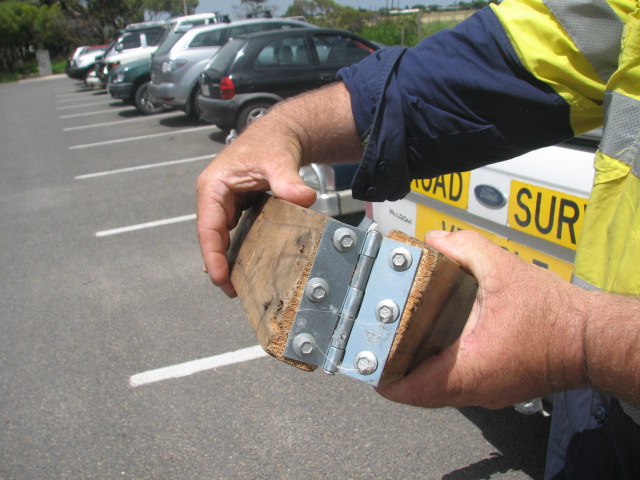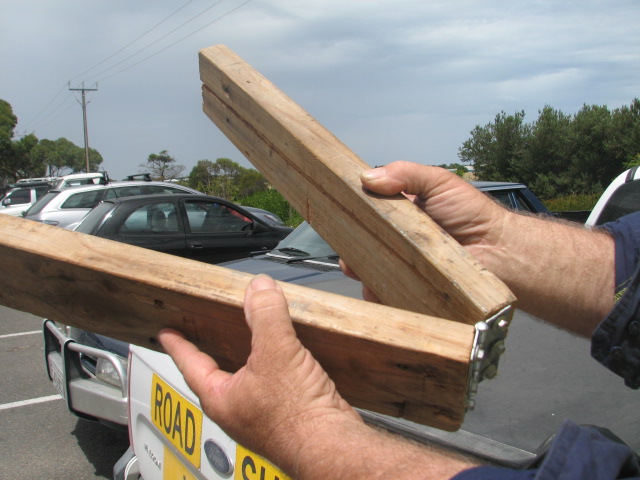In 2019 the Department for Environment and Water (DEW) co-designed a draft ‘South Australian Little Corella Management Strategy’ with councils, other state government agencies and industry stakeholders to help mitigate the impact of this abundant species on the state, communities and landholders.
The public were invited to provide feedback on the South Australian Little Corella Management Strategy from September to November 2019 via the state government YourSay website. A feedback summary, including details about what changes were made to the strategy as a result of public feedback as well as the final South Australian Little Corella Management Strategy, is yet to be provided. Visit www.yoursay.sa.gov.au
Little Corella Management
Council and the community have been dealing with the impacts of Little Corella (Cacatua Sanguinea) throughout the Alexandrina district for well over a decade.
Little Corellas are a native Australian bird found in many parts of South Australia. Little Corellas are very intelligent and naturally form large flocks during the warmer months and cause considerable damage and nuisance to our community.
What problems are caused by Little Corella?
While some people do enjoy seeing Little Corellas in the environment, large flocks in urban and rural areas can cause considerable problems.
The over-abundance of Little Corellas can have many undesirable effects on communities and the environment. Little Corellas cause damage to built-infrastructure such as buildings, stobie poles, lights, timber structures and sporting equipment, they also cause significant damage to vegetation including trees and crops.
Not only do these birds cause significant vegetation damage, other wildlife species within our region are also being impacted, including the displacement of other native bird species, native bees, possums and the like, as the Corella move in and take over the environment forcing other fauna to move onto other ‘safer’ locations.
Further to the impact on our environment, Little Corellas have a large impact on the livelihood of residents living within the area. They cause a lot of stress and concern for residents, from the loud screeching noises to the mess they create when stripping back trees. In addition, large flocks of Little Corella defecate around the public spaces, schools, hospitals and private properties causing a potential health risk to the community.
Each year Council receives many complaints from residents, businesses and schools regarding Little Corellas. These complaints include requests for Council to take action on the issue and also reports of problems the birds are causing. In addition we also get complaints as opposition to the non-lethal and lethal actions Council takes against the birds.
Education & Understanding of Little Corellas
Firstly it is important to understand and accept that there is no 'silver-bullet' fix.
Many members of our community are not aware of the complexities in managing abundant bird species, particularly Little Corellas. Lethal culling of birds will not solve this ongoing problem.
Whilst actions (lethal or non-lethal) can be undertaken to discourage Little Corellas from problem sites; the numbers of Little Corellas and problem sites will continue to increase, without a long-term coordinated management strategy.
Habitat and landscape modifications will be the best long-term method to deter Little Corellas.
Understanding the behaviour of Little Corellas is very important if you want to reduce the nuisance and damage these birds are causing.
Council strongly encourages our community to read the University of South Australia - Discovery Circle report "Little Corellas Social and Ecological Research for Management in South Australia".
Little Corella - Discovery Circle Report
Advice for Residents, Property Owners, Businesses for management of Little Corellas
Residents that experience nuisance issues at their property on private land, need to undertake their own management controls to protect and relieve nuisance on their own property.
A combination of scaring techniques will work best as the birds are very intelligent and become accustomed to individual techniques quickly. Below are some suggested scaring techniques that can be undertaken by residents:
- Clap boards - two pieces of timber (approx. 400mm long x 35mm thick) with a door hinge at one end to join the two timbers together. Hold the clap boards up high and start clapping the boards together loudly when birds are present.
- Note: birds that are roosting (sitting) in the trees will take a bit more effort to get them to move using the clap boards. This method is best done frequently to make the birds feel uncomfortable. It's best done when the birds are flying in to land on your property. Understanding what time of day the birds come in will assist you in getting better results.


- Torches / Lights - At dawn and dusk use bright torches/lights and wave and flicker these in the trees where the birds are roosting.
- Visual Barriers - install visual barriers on the ground (in open areas) or where birds are feeding / playing on the ground to prevent the birds having a clear line of sight. If the birds cannot see around them they will likely leave the area as they cannot see approaching predators. Little Corellas need to see their surroundings. Also be aware that generally when the flock is on the ground there will likely be a couple of birds up high in the trees or surrounds. These birds are on the look-out for predators and will warn the flock on the ground of any potential threat. If placing visual barriers, don't forget to use your clap boards to scare away any birds sitting in the trees.
- Landscape modification - reduce the amount of open space by planting 'islands' or 'pockets' of bushes and shrubs. This can also create a fear factor for the Corellas as they fear predators could be hiding in these bushy areas.
- Other Products - there are a number of bird scaring products available on the market, such as scare kites (kites that look like a predator bird such as a hawk), fright balloons, bird spikes, laser lights, noise generating devices. In some areas, residents have found using tennis balls and hitting them up into the tree can spook the birds as well.
- Rural property owners may choose to undertake their own corella management program and may include a combination of lethal and non-lethal control measures.
- Engage a specialist pest controller - There are many bird pest control specialists around who maybe able to provide advice and recommendations for your specific situation.
Onsite Advice for Residents, Property Owners, Businesses for management of Little Corellas
Council has an officer available to meet with residents, property owners and businesses to provide onsite advice on their specific situation.
Those requesting this service, must be willing and able to undertake scaring actions on their own property. Council staff will only visit sites where the resident/property owner is willing to help-themselves.
To request this service, please email council at alex@alexandrina.sa.gov.au or phone the Council office on (08) 8555 7000.
What is Council doing?
Council's primary focus is on protecting Council infrastructure and assets on Council owned land, predominately within townships and built-up areas.
To do this, Council officers undertake various scaring techniques to discourage Little Corellas away from specific problem sites. This is only undertaken on Council land when Little Corellas are present and are deemed to be causing nuisance, either by damage or excessive noise.
Councils will primarily use a drone (weather permitting) to scare Little Corellas away from problem sites. In addition, Council may also use laser lights at dawn/dusk, revolving lights on vehicles and clap boards.
Alexandrina Council continues to lobby the Local Government Association of South Australia, the Southern & Hills Local Government Association, local State Members and other relevant bodies for the State Government to provide:
- strong leadership and to take action in the management of abundant bird species, including Little Corella.
- funding to Local Government to establish and implement management plans that will enable Council to effectively manage Little Corellas in the local area through methodology such as habitat modification and other known effective techniques.
Furthermore, Council will continue to liaise and provide input to the State Government's 'Department of Environment, Water and Natural Resource' development of a State-wide management plan to manage the impacts of Little Corellas across the state of South Australia.
Previous Actions Council has undertaken
For well over a decade, Council has trialled a variety of methods to control Little Corella. These techniques have included:
- The use of birds of prey (falcon)
- Electronic bird scaring devices
- Lethal Trap and gas culling programs
- Lethal Shooting / Scaring programs
- Bird fright products
While these techniques have provided some short-term benefits, they have not deterred large flocks of Little Corella from returning to the region each year.
Additional Information
Corella Management Community Information Booklet (1245 kb)
(1245 kb)

